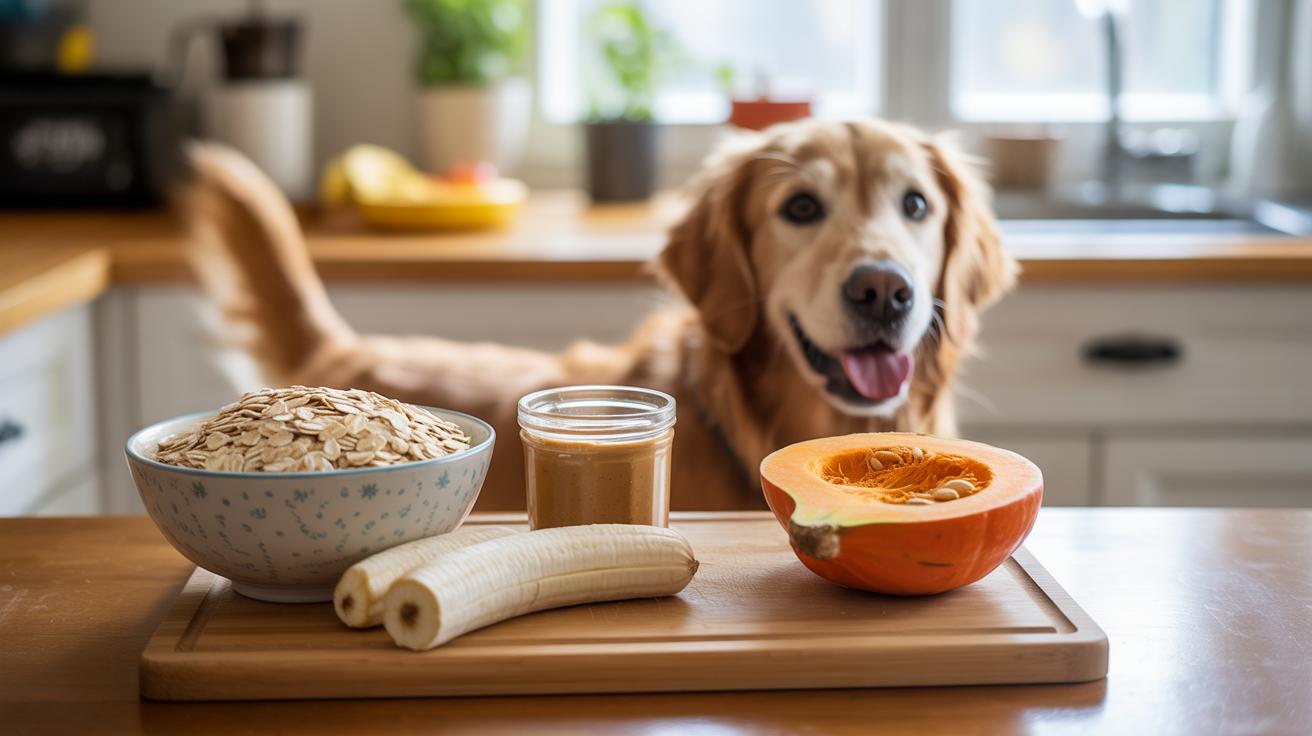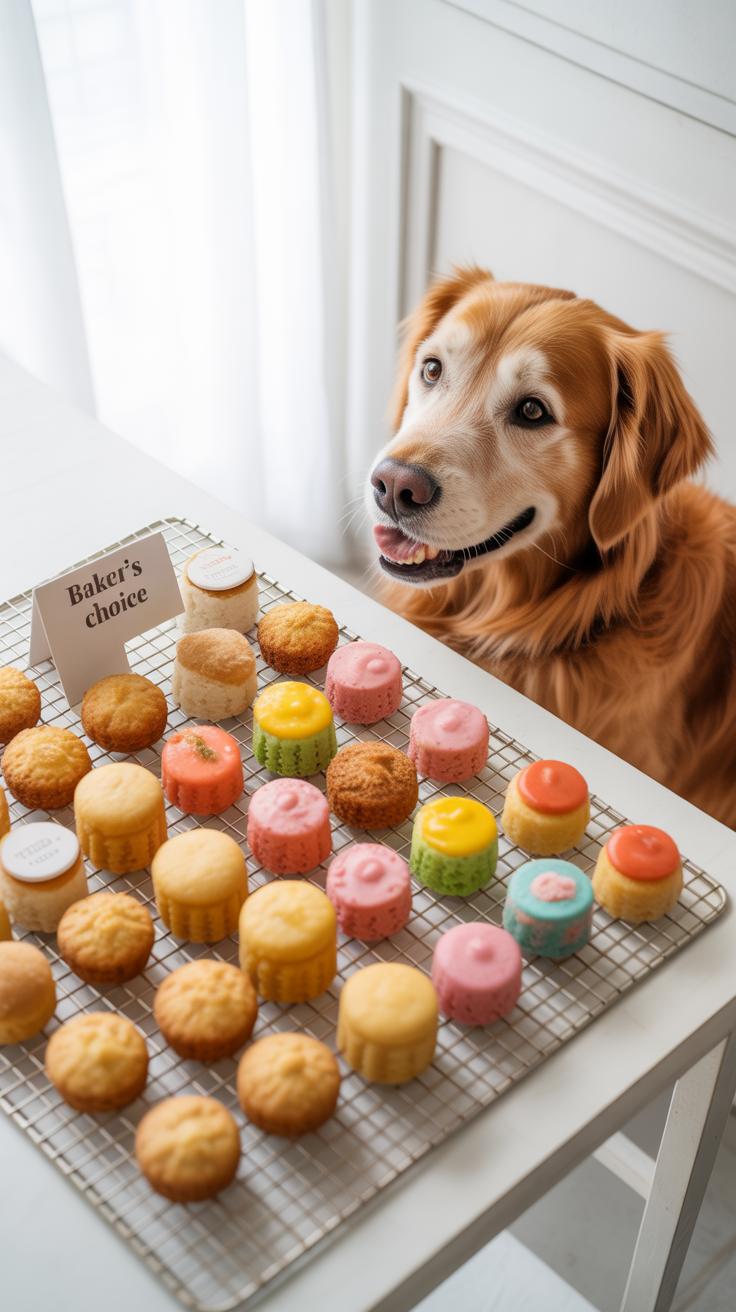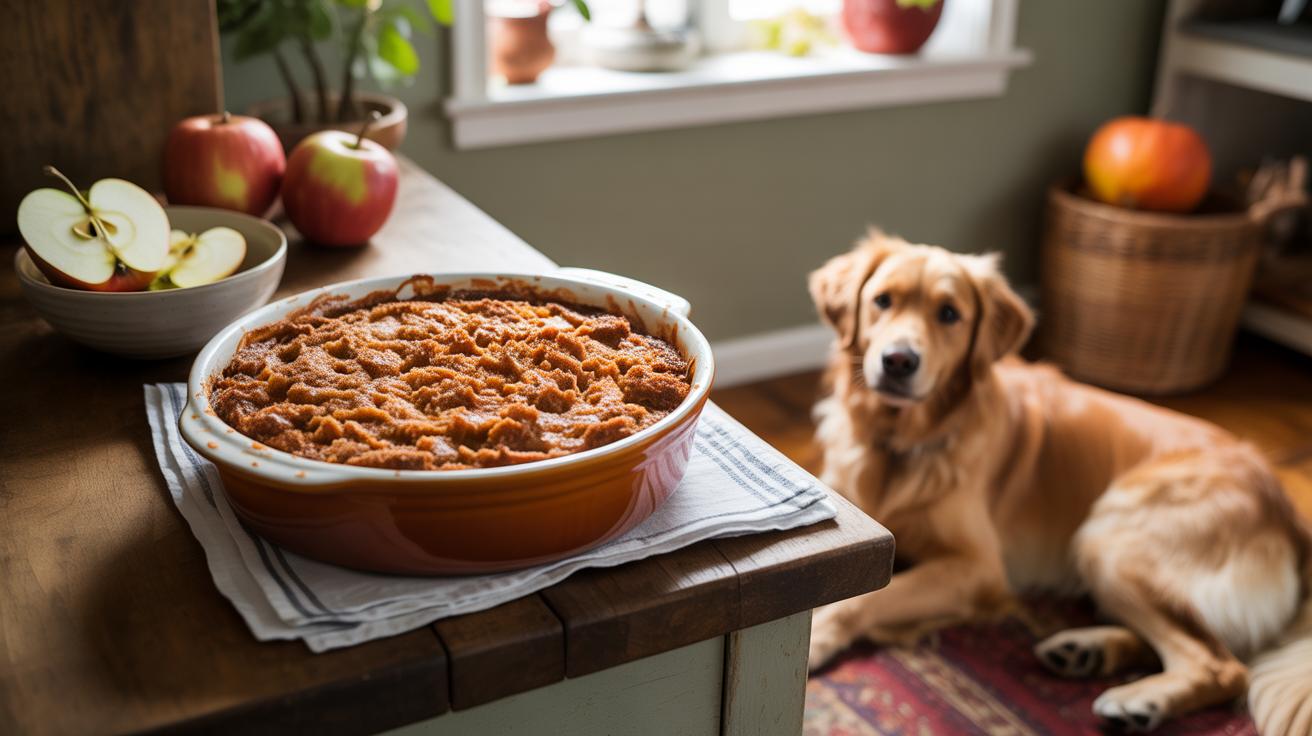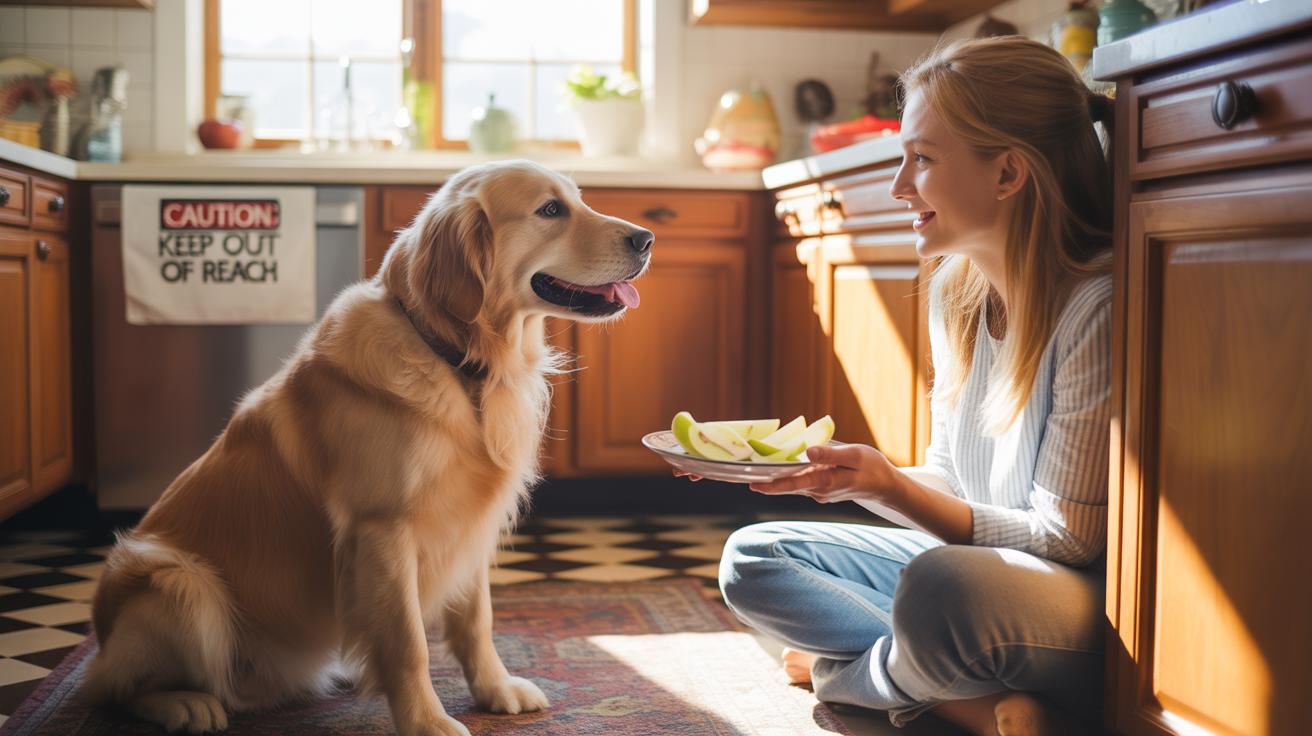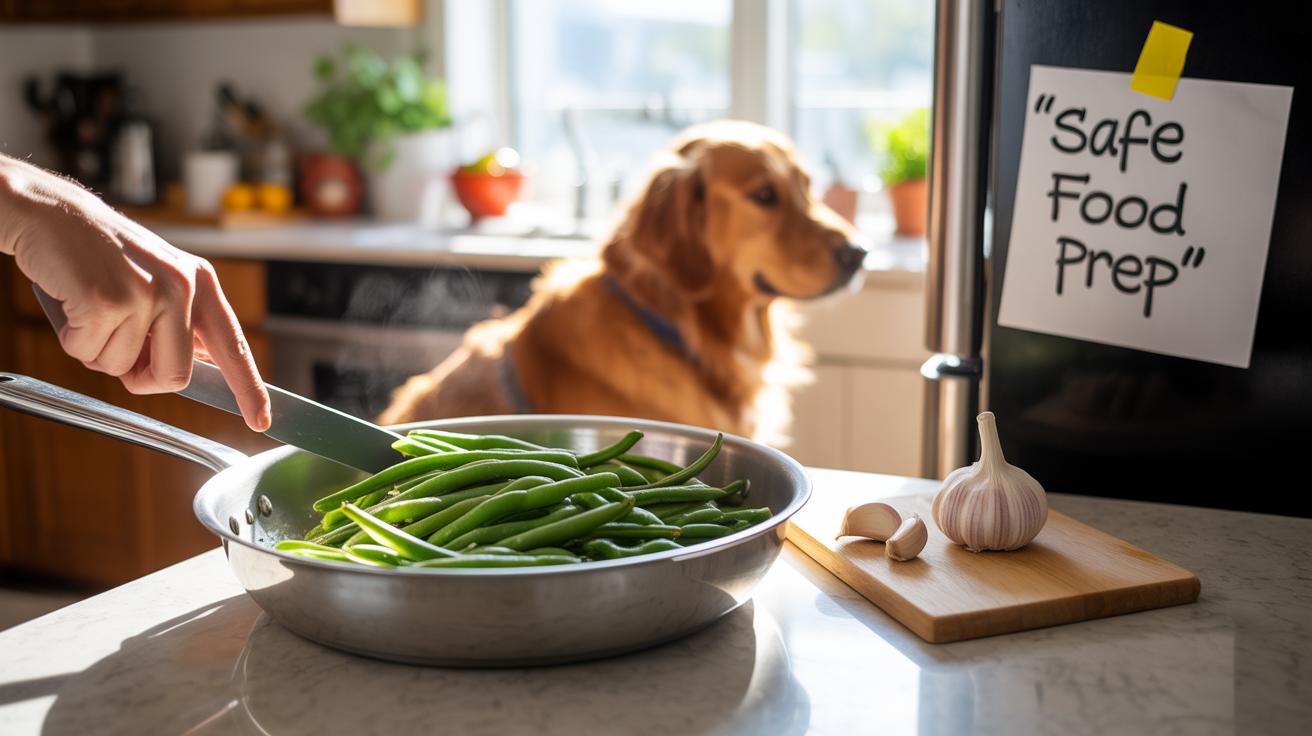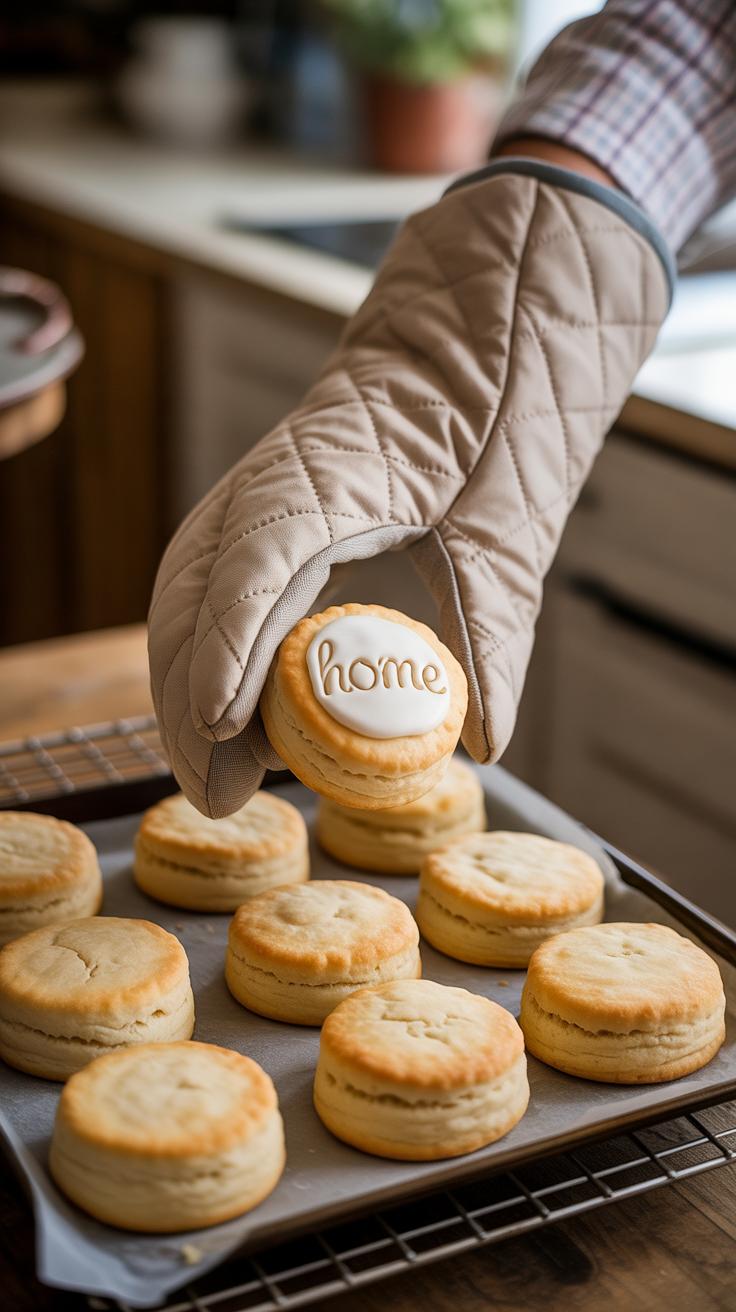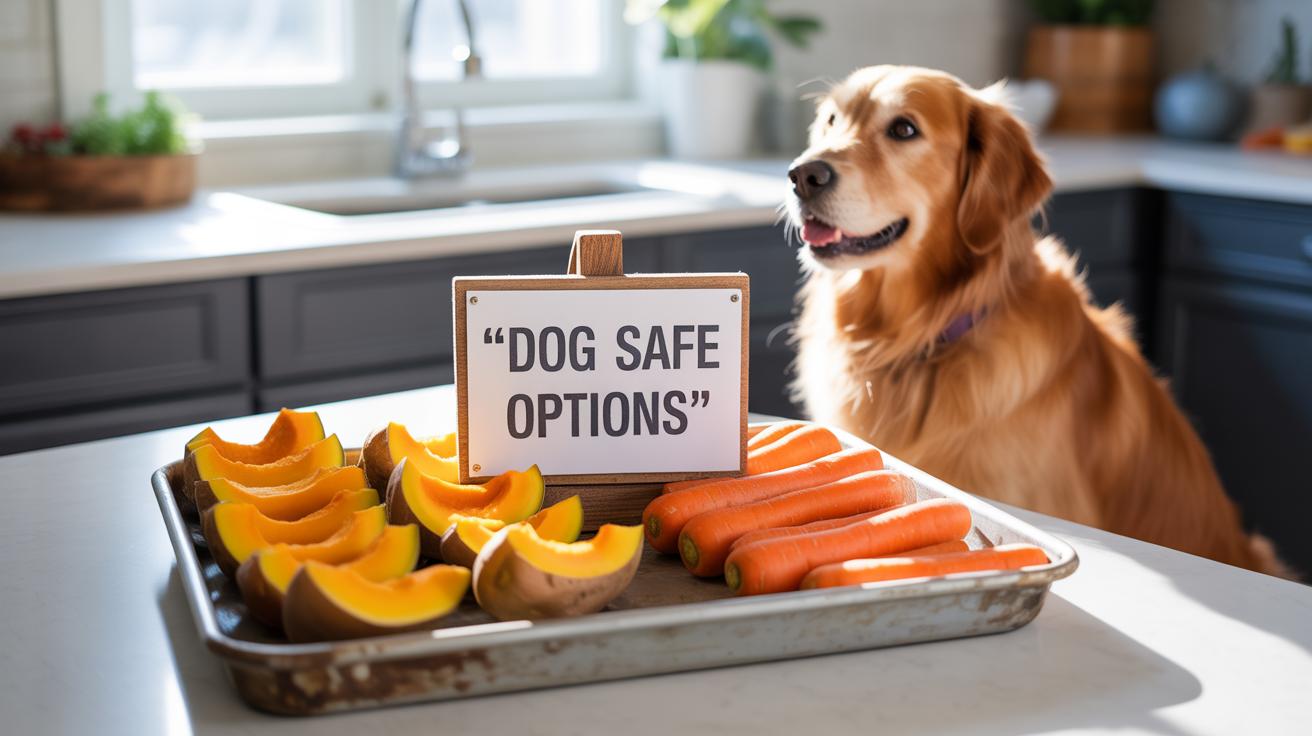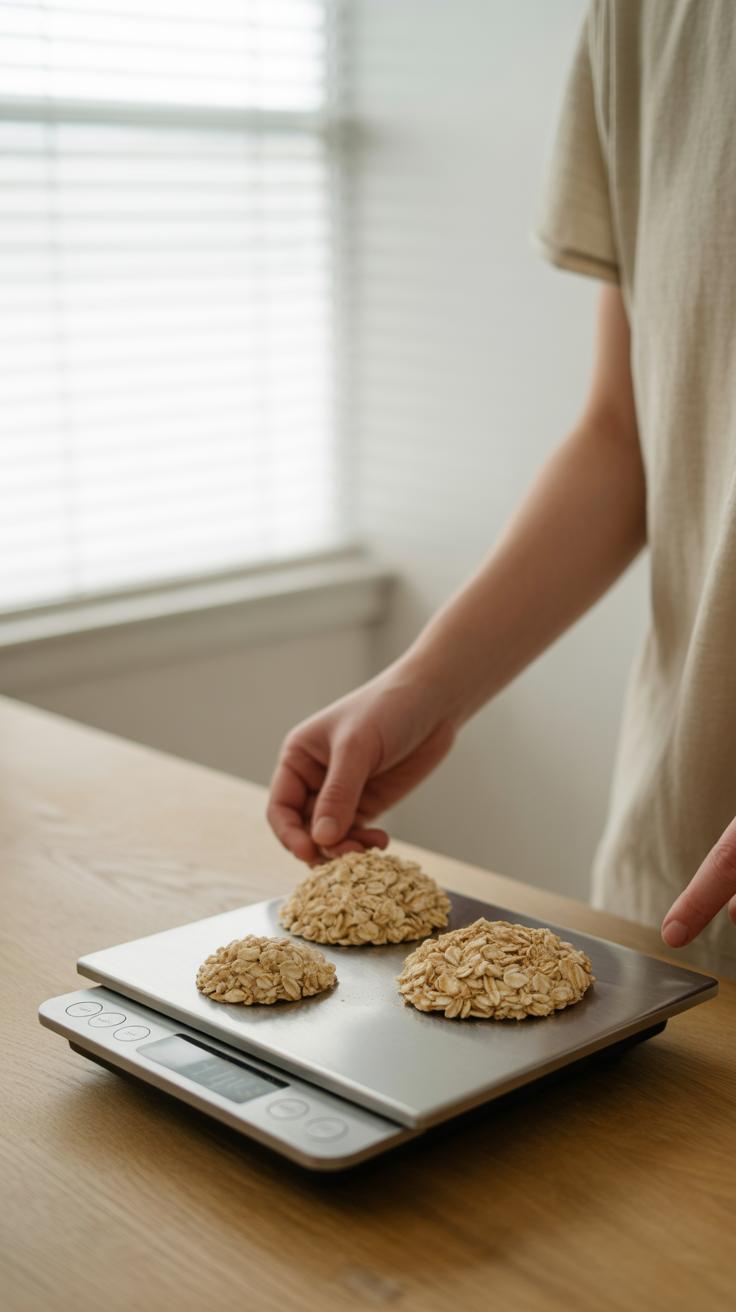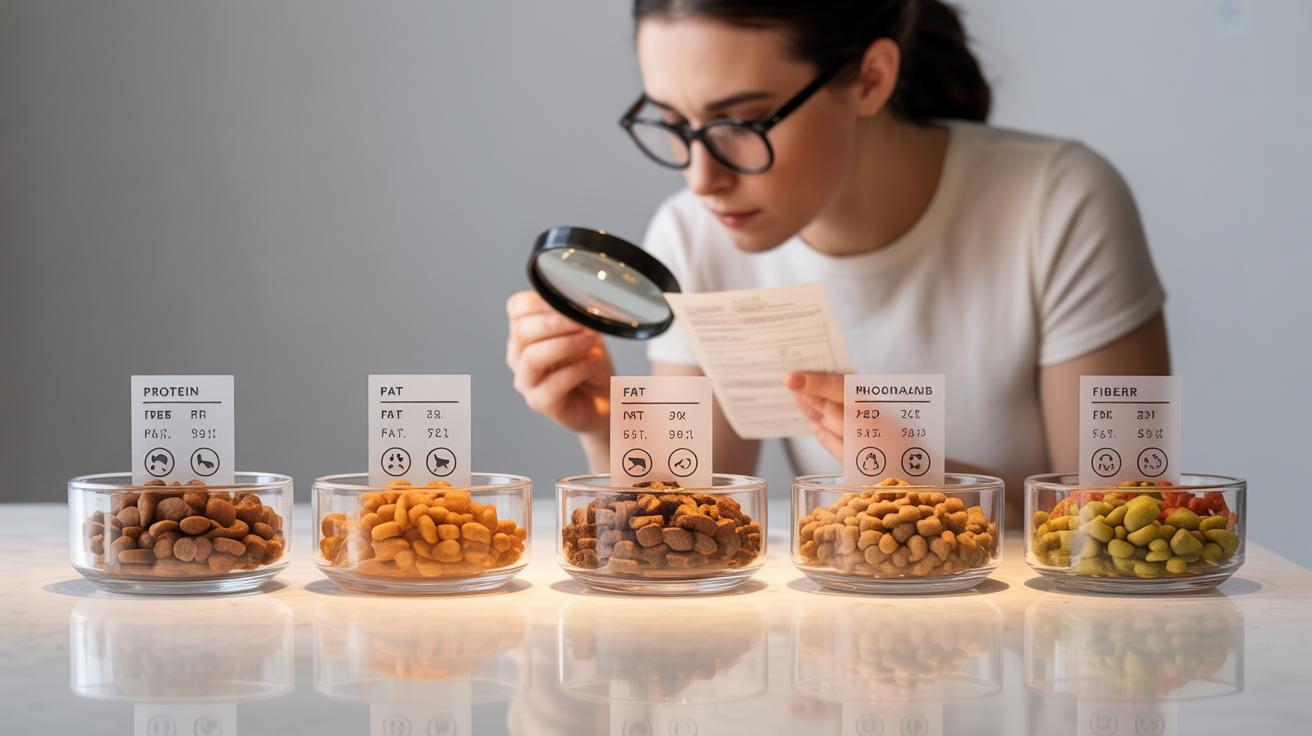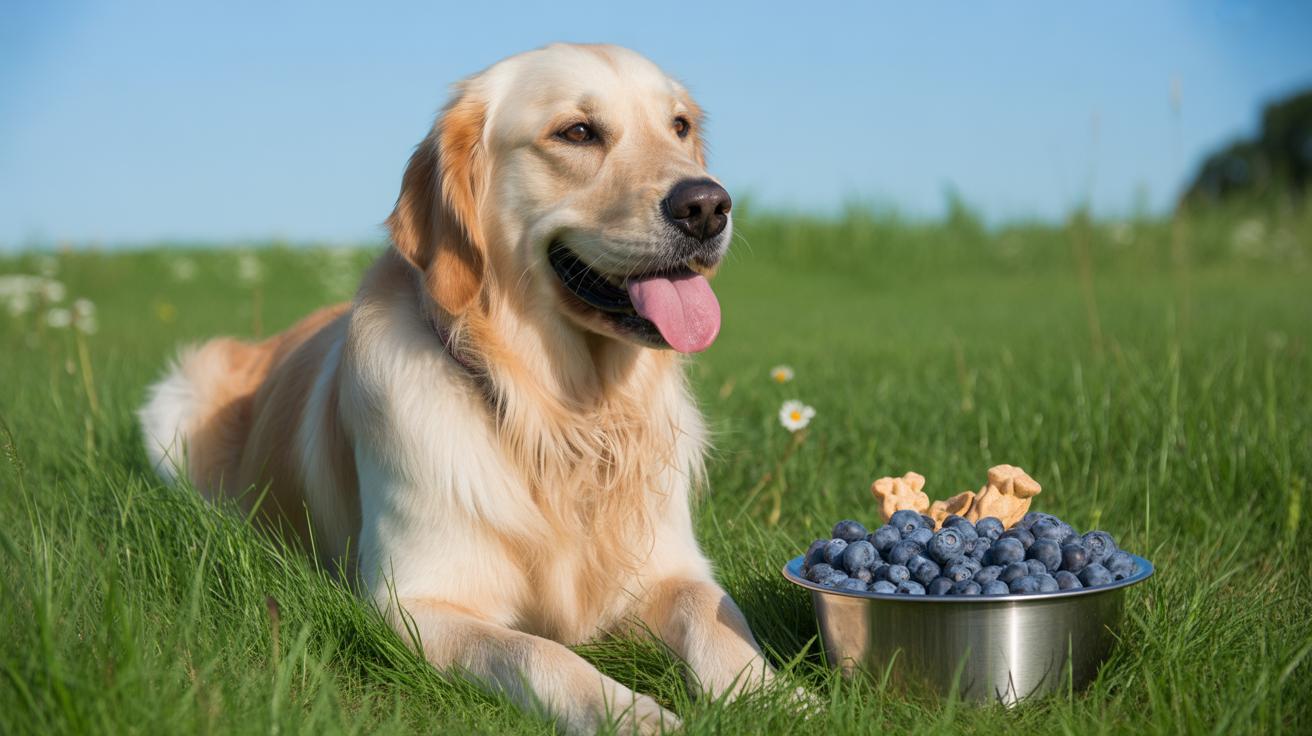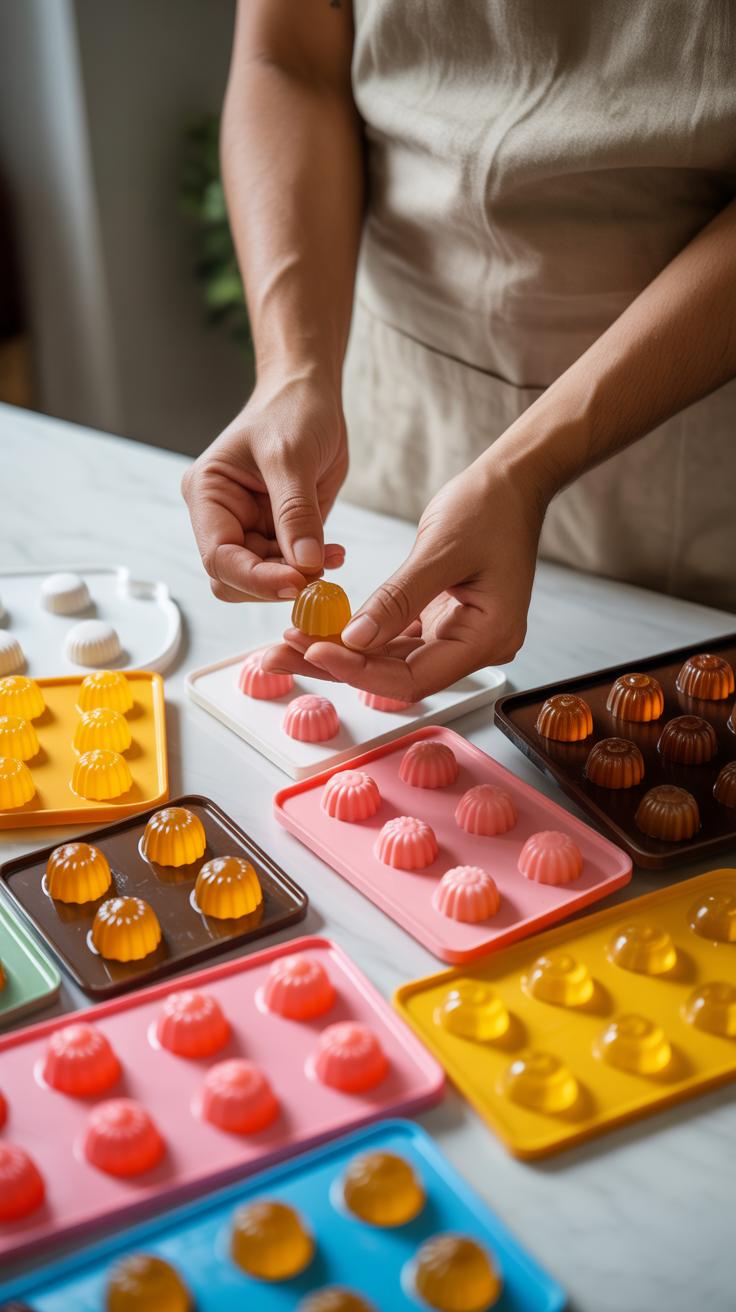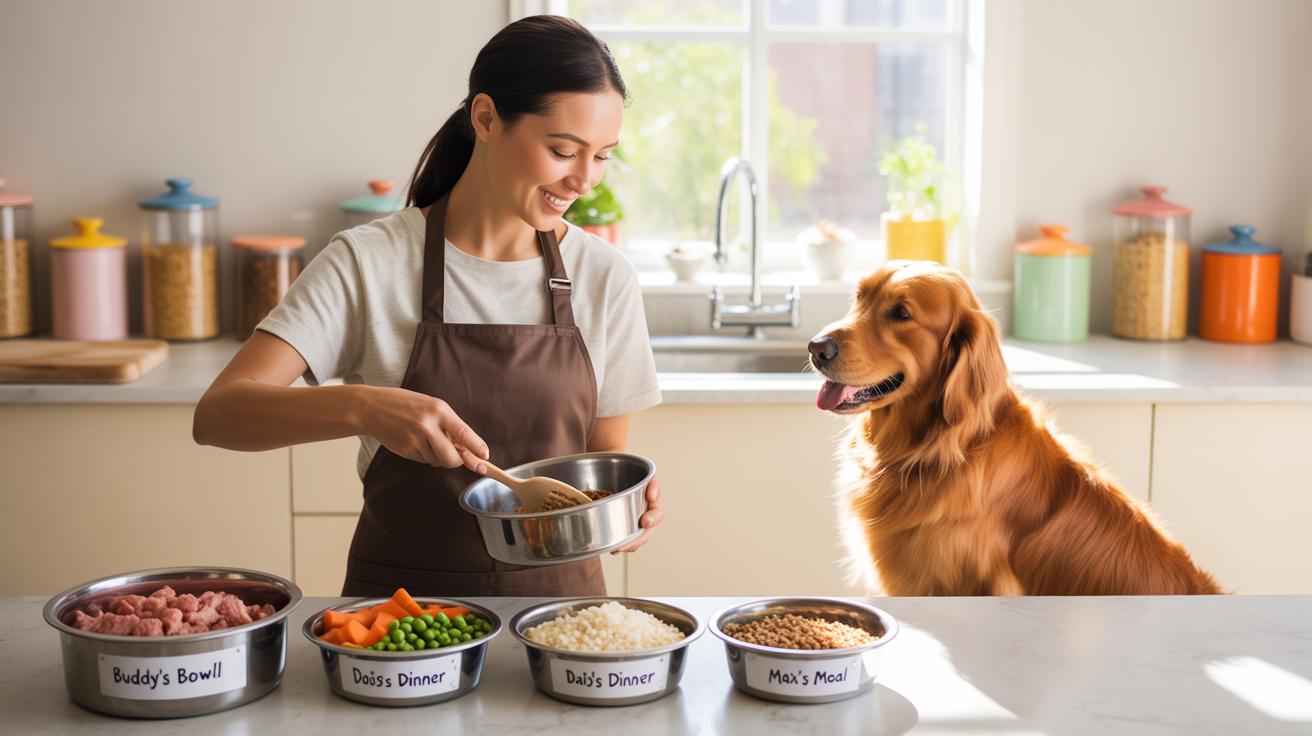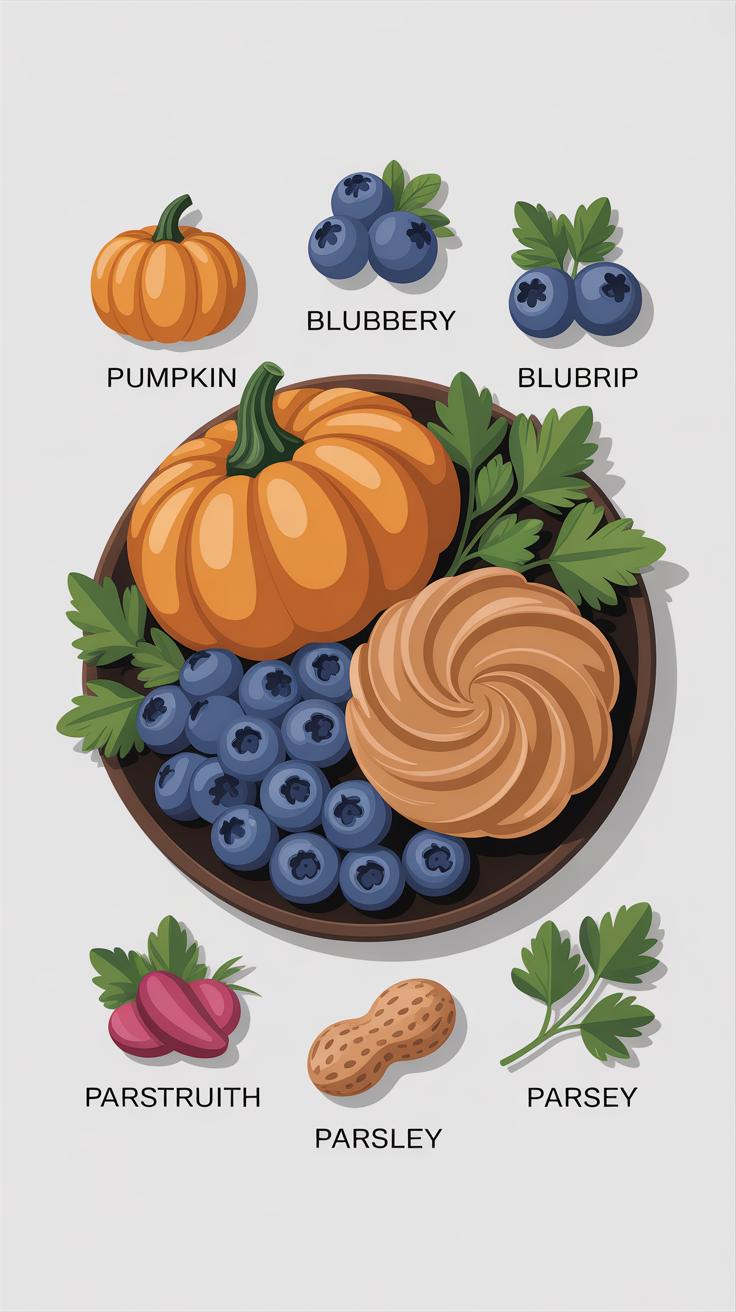Introduction
Making dog treats at home is a great way to ensure your pet gets healthy snacks made from safe human foods. You control what goes into every bite, avoiding harmful additives often found in commercial treats. Plus, your dog will enjoy snacks made with fresh ingredients and your love.
In this article, we’ll explore easy recipes using simple steps. You’ll find ingredients listed that are safe for dogs and learn how to prepare tasty treats quickly. Whether you want to spoil your dog or reward good behavior, homemade dog treats are an excellent choice to keep your furry friend happy and healthy.
Dog Treat Recipes
When you start making dog treats at home, choosing the right ingredients can feel tricky. But actually, many simple, common foods you already have around are perfectly safe for your furry friend. Think plain oatmeal, peanut butter without xylitol, plain cooked chicken, or unsweetened pumpkin. These ingredients are easy to find and easy on your dog’s stomach. They provide nutrients like fiber, protein, or healthy fats that dogs need.
On the flip side, some human foods can be harmful or even toxic. For example, chocolate contains compounds dogs can’t process, and onions or garlic can damage their red blood cells. Grapes and raisins have been linked to kidney failure in dogs, though the exact reasons aren’t fully understood. So it’s better just to avoid these altogether. It might feel overwhelming at first, but once you get familiar with the basics, it becomes second nature.
Fruits and Vegetables Dogs Can Enjoy
Fruits and vegetables are great for homemade treats, giving dogs vitamins and a bit of variety. Apples (without seeds) give fiber and vitamin C, while carrots provide beta-carotene and crunch. Blueberries are antioxidant-rich and small enough for little bites, and green beans offer fiber with very few calories. Even cooked sweet potato or pumpkin helps digestion and gives a soft texture to treats. But remember to keep portions moderate. Too much fruit sugar or fiber can upset their tummy.
Common Human Foods Dogs Should Avoid
These are foods to skip when making treats or feeding your dog:
- Chocolate: Contains theobromine, which dogs can’t metabolize well, causing heart and nervous system problems.
- Onions and garlic: Even in small amounts, these can cause anemia by damaging red blood cells.
- Grapes and raisins: Linked to sudden kidney failure, though the exact toxin isn’t clear.
- Avocado: Contains persin, which may cause vomiting or diarrhea in some dogs.
- Caffeine: Like chocolate, it’s toxic and can lead to rapid heart rate or seizures.
- Alcohol: Avoid entirely; it affects dogs more severely than people.
Sometimes it’s surprising how foods harmless to us can be risky for dogs. It’s better to err on the side of caution, especially with new ingredients. Sticking to simple, whole foods you recognize will keep your homemade treats safe and enjoyable for your pet.
Basic Equipment and Supplies Needed
Making dog treats at home doesn’t require any fancy gadgets. You likely have most of what you need already tucked away in your kitchen. The real trick is picking tools that are easy to clean and simple to handle, so the process doesn’t feel complicated or intimidating.
Essential Kitchen Tools
Start with a few basics:
- Mixing bowls: These come in handy for combining ingredients. I find that having one or two sizes, like a small and a medium bowl, covers most recipes.
- Baking sheets: A plain, rimmed tray works well. You don’t need anything special; if it fits in your oven and has edges to keep treats from sliding off, it’s good enough.
- Measuring spoons and cups: Accuracy matters here, since too much salt or spice can be bad for your dog. Even if you eyeball sometimes, I’d keep these around for peace of mind.
- Mixing spoon or spatula: Something sturdy to stir or fold ingredients. Often, a wooden spoon is just right.
- Rolling pin or bottle: You can roll out dough with a wine bottle if you don’t have a rolling pin—I’ve done it many times!
These tools may seem basic, but they cover all the essentials to get homemade treats from bowl to oven without fuss.
Safe Storage Containers for Treats
Once you’ve made your treats, storing them properly keeps freshness and flavor intact, which your dog will definitely notice. Airtight containers are your best bet—glass jars with lids or plastic containers with tight seals work well.
If you plan to keep treats for over a week, the fridge or freezer helps extend shelf life without sacrificing taste or texture. In my experience, freezing treats in small batches, like cookie-sized portions, means you can thaw just enough when needed.
Even a simple resealable plastic bag can function, but make sure to press out excess air to avoid moisture buildup. You don’t want your treats going soggy or developing mold because that can harm your pet.
Do you find certain storage tricks work better for you? Sometimes I just line containers with parchment paper to keep things clean and easy to grab, but that’s just me being a bit fussy.
Easy NoBake Dog Treat Recipes
Peanut Butter and Oat Treats
This recipe is surprisingly simple and relies on just two main ingredients: peanut butter and oats. You probably already have these in your kitchen, which makes it perfect when you want to whip something up quickly for your dog.
Start by mixing half a cup of natural peanut butter—make sure it doesn’t have xylitol—with a cup of rolled oats. Stir well until the mixture is sticky but manageable. If it feels too dry, add a splash of water or a little unsweetened applesauce to bring it together. Then, shape the mix into small bite-sized balls or press it into silicone molds.
Once shaped, pop them in the fridge for about 30 minutes to firm up. That’s it. No oven, no fuss. Your dog might find the texture a bit different from store-bought treats, maybe softer, which some pups prefer. These treats seem to disappear faster in my house, perhaps because they’ve got that rich peanut butter flavor dogs go crazy for.
Frozen Yogurt Treats with Fruit
On hotter days, frozen treats can be a real lifesaver for pets. This recipe calls for plain yogurt combined with dog-safe fruits like blueberries or small apple chunks. The yogurt provides a creamy base, while the fruit adds a touch of sweetness without added sugars.
Simply mix one cup of plain yogurt with half a cup of chopped fruit. Pour the mixture into ice cube trays or silicone molds, then freeze for a few hours. These treats offer hydration and a cool bite that can soothe dogs after a walk or playtime in the sun.
Sometimes, I wonder if dogs savor these frozen bites or just gobble them down because it’s cold. Either way, keeping a batch in the freezer makes for an easy go-to treat that’s both wholesome and refreshing. Plus, it’s an effortless way to sneak in some extra probiotics.
Simple Baked Dog Treat Recipes
Sweet Potato Bites
Sweet potatoes are a fantastic ingredient for dog treats, offering natural sweetness and nutrients. You’ll need one medium sweet potato, peeled and sliced into thin rounds. Preheat your oven to 250°F (120°C). Arrange the slices on a baking sheet lined with parchment paper—it’s best if they don’t overlap. Bake for about 2 to 3 hours, flipping once halfway through. The goal is a firm, chewy texture—not burnt or mushy.
Patience is key here. It’s tempting to crank up the heat to speed things up, but slower baking helps keep the nutrients intact and avoids a bitter taste. Once cool, these bites can be stored in an airtight container for up to two weeks. You might find your dog enjoys these more than commercial treats, maybe because they have that natural flavor. It’s simple, but sweet potatoes surprise you with how well they work.
Chicken and Rice Biscuits
This recipe needs just cooked chicken, cooked rice, an egg, and some oat flour or whole wheat flour. Use about one cup of shredded chicken and a half-cup of rice as your base. Mix them with an egg to bind, then stir in flour gradually until you form a dough—not too sticky, but pliable enough to roll out.
Roll the dough on a floured surface to about a quarter-inch thickness and cut into shapes or simple squares. Bake at 350°F (175°C) for 20 to 25 minutes until golden and firm. Let them cool completely—hot treats aren’t any fun for your dog or you. These biscuits store well in a sealed jar for a week or so, if they last that long. The mix of chicken and rice gives a mild flavor and familiar comfort—but don’t expect furry critics to debate the merits openly, of course. Just watch their tails wag.
How to Adjust Recipes for Your Dogs Size and Preferences
When it comes to homemade dog treats, one size definitely doesn’t fit all. The size of your dog matters—a tiny Chihuahua doesn’t need the same portion as a sturdy Labrador. You want to keep treats appropriate so they don’t overdo it on calories or choke on oversized bites. For small dogs, think mini-bite pieces, maybe about a half-inch square, while medium dogs can handle 1 to 1.5-inch treats. Big dogs? Go for larger, denser options that won’t vanish in a second.
Age and health also influence what works. Puppies might need softer textures, while older dogs can manage chewier treats, but sensitive stomachs or allergies might call for ingredient swaps. If your dog is allergic to wheat, oats or rice flour work well instead of traditional flours. Some dogs dislike certain flavors—maybe they aren’t fans of peanut butter, so try sweet potato or pumpkin instead.
Consider these adjustments:
- Break treats into smaller pieces for tiny or senior dogs.
- Swap ingredients based on known allergies—like using coconut oil instead of butter.
- Choose novel proteins or veggies if your dog shows picky tendencies.
- Keep an eye on ingredient quantities if your dog is overweight or diabetic.
Ultimately, watch your dog’s reaction. Sometimes their preferences or tolerance change over time—or depending on mood. So, don’t hesitate to tweak recipes a bit. That’s part of what makes homemade treats worth the effort.
Incorporating Dog Treats Into Training
Using Homemade Treats for Positive Reinforcement
When it comes to training your dog, homemade treats can be surprisingly effective. Dogs respond well to food rewards, and giving them something made especially for them shows care that commercial treats sometimes lack. It’s not just about the treat itself but what it represents: a clear, tasty reward for a job well done. But, you know, timing and consistency really matter here. If you offer a treat randomly, the message might get lost.
Try to use treats to reinforce good behavior immediately. For example, when your dog sits or stays on command and you give a small, soft homemade treat right away, the connection becomes stronger. You might find your dog actually looking forward to training sessions—maybe even a bit more than you expected. And the nice thing? You control exactly what’s inside the treat, so no unexpected additives or fillers.
Choosing Treats for Training Sessions
Not every treat works well when you’re training. Hard or large treats can slow things down as your dog munches, which might dilute the effect of quick rewards. So, bite-sized pieces or something soft is often best. For example, little cubes of cooked sweet potato or tiny bits of banana mixed with oats work nicely. If it’s too big or takes too long to eat, your dog might lose focus.
Portion size matters too. No need to give large chunks—you want your dog motivated, not full before the session ends. Think of the treats like currency—small but frequent amounts keep your dog engaged without overfeeding. Sometimes I find myself cutting treats into even smaller pieces than I planned because the sessions go longer than expected.
Timing and Reward Frequency Tips
When to give treats is as important as what you give. Immediate rewards help your dog link the behavior with the treat. But should you give a treat every single time? Maybe not. Early on, frequent rewards help build habits quickly; later, you can space them out to maintain behavior. The balance is tricky and might need adjustment based on your dog’s personality.
Also, consider mixing praise with treats. Not every good behavior requires a snack, sometimes pets need to learn that your kind voice alone can be rewarding. Overfeeding treats during training can sneakily add up, so be mindful of the total amount. I’ve noticed my dog starts to expect treats every time unless I switch things up with verbal encouragement.
Common Mistakes to Avoid When Making Dog Treats
Using Unsafe Ingredients
One of the biggest mistakes I see is using ingredients that are, well, just not safe for dogs. Things like onions, garlic, grapes, raisins, and chocolate creep into recipes often because people don’t double-check. Some ingredients might seem harmless, but dogs process foods differently, so what’s fine for us can be toxic for them. Before you mix anything, it’s really worth looking it up—quick searches or dog-safe food lists can save a lot of trouble. Sometimes you might even assume “natural” means safe, but think again. Even some common spices or sweeteners can cause problems, so it’s good to be cautious.
Also, homemade treats sometimes include stuff like xylitol, found in sugar-free gums and certain peanut butters. That’s a big no-go. Making sure you read labels carefully, even on familiar products, is a lifesaver. Personally, I’ve learned to plan ahead and stick to simple, clearly safe ingredients I know won’t cause issues.
Improper Storage and Portion Control
Storing your dog treats the wrong way can lead to spoilage or loss of flavor, which, well, your dog might not like. Moist treats or those with fresh ingredients need refrigeration or freezing to last. Dry treats keep longer but can still get stale if left exposed to air or moisture. I once left some treats out, and within a few days they smelled off—definitely not worth risking your pet’s health.
Then there’s portion control. Giving too many treats, even if they’re healthy, can mess with your dog’s diet and weight. It’s tempting to reward often—especially during training—but balance is key. I try to break larger treats into smaller bits or space them out over the day. It’s not always easy to regulate, but treating should never replace meals or add excessive calories.
Remember, keeping treats fresh and feeding them thoughtfully helps avoid digestive troubles and keeps your dog happy, which is really the goal, right?
Benefits of Homemade Dog Treats
Making dog treats at home gives you a level of control that you just can’t get with store-bought options. You choose every ingredient, so you avoid preservatives, fillers, or sugars that often sneak in commercial treats. This control means you can tailor treats to your dog’s specific needs—whether that’s sensitive stomachs, allergies, or dietary preferences.
Cost is another factor. Bulk ingredients bought for homemade recipes often come cheaper than the small packages of ready-made treats. Over time, this can add up to noticeable savings, especially if your dog is a frequent snacker. And honestly, it feels a bit rewarding to make something tasty for your dog without spending a fortune.
Then there’s the bond you build while baking. Dogs seem to pick up on your attention and care during the process. When you mix, shape, and bake, your dog gets to watch and anticipate, which creates a fun, shared experience. I’ve noticed that my dog’s excitement increases just by seeing me gather ingredients—it’s like they already know something good is on the way.
Homemade treats aren’t just about fun or cost, though. They often come with health benefits. Avoiding artificial additives means fewer chances of gut upset or allergic reactions. Plus, using fresh, natural ingredients means your dog sometimes gets a bit more nutrition from their snack. You might sneak in some pumpkin for digestion or sweet potato for fiber without them even realizing.
And let’s not overlook how making treats can reinforce trust. Your dog learns to associate these moments with positive outcomes—treats, of course, but also your calm, focused attention. Over time, it encourages patience and good behavior. It’s almost a training tool without feeling like one.
So, are homemade dog treats just a convenience? Not really. They’re a chance to add small layers of care, health, and connection—all in a simple recipe.
Creative Ideas to Vary Dog Treat Recipes
When it comes to keeping dog treats interesting, switching up ingredients and shapes can really make a difference. Maybe your dog likes chicken one week but grows a bit bored; you might try swapping in pumpkin or sweet potato instead. Even introducing little bits of apple or carrot can add a surprise twist that keeps their tail wagging. Ingredients don’t have to be complicated or fancy—sometimes simple variations have the biggest impact.
Texture plays a role too. Mixing soft treats with chewy or crunchy ones breaks the monotony. For example, adding a spoonful of oats or ground flaxseed can create a crunchier bite, while mashed bananas or yogurt keep treats soft. Dogs, like people, don’t always want the same flavor or feel every day. Maybe your pup prefers a softer snack when tired or a crunchy one after a walk—it’s okay to experiment.
Cookie cutters offer a fun way to turn treats into little shapes that both you and your dog can enjoy. Hearts, bones, stars—the shapes catch your eye and add excitement at treat time. You don’t need special cutters either; anything from small cups to jar lids works. For decoration, you might press a paw print with a fork or add a tiny dab of peanut butter on top. These small touches don’t just make the treats prettier; they make the experience more delightful for you and your dog.
Conclusions
Making dog treats at home using safe human foods is a practical way to care for your pet’s health. You can easily prepare snacks that avoid harmful ingredients found in many store-bought treats. With simple steps and everyday ingredients, it’s possible to create delicious options your dog will enjoy.
Now equipped with knowledge about safe ingredients and easy recipes, you can start baking treats that suit your dog’s taste and needs. Homemade dog treats give you control, save money, and help strengthen the bond between you and your pet. Your dog will surely thank you for the tasty and healthy rewards.

